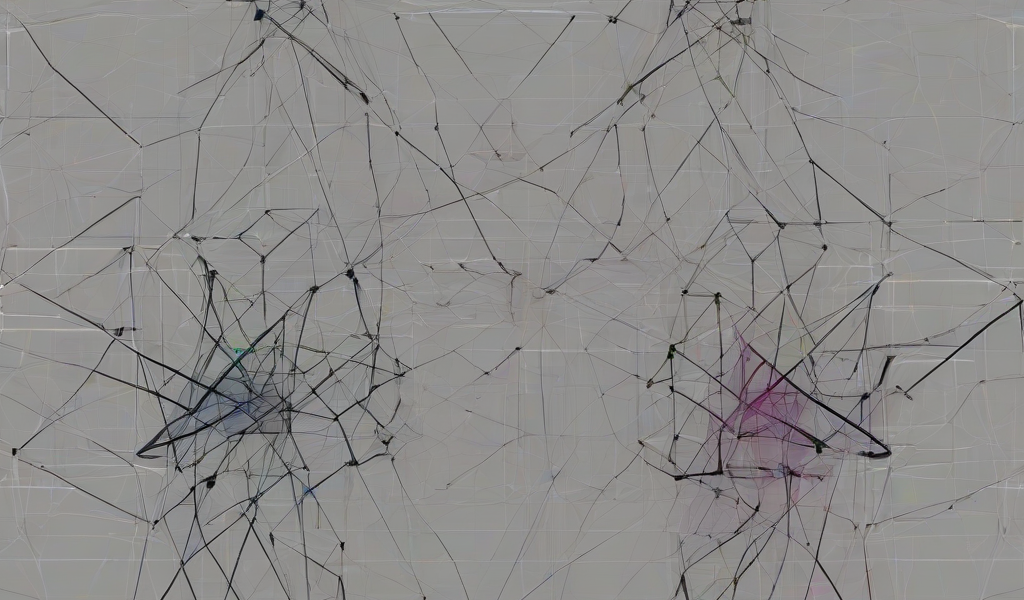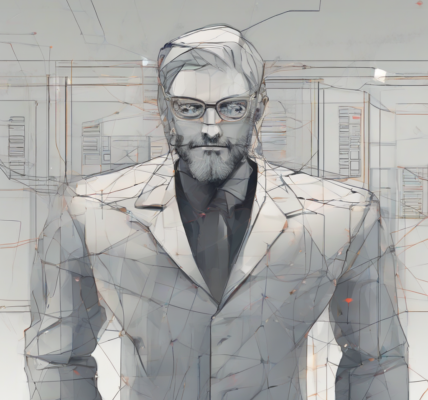Deconstructing the Scales of Justice: A Deep Dive into Criminal Justice
A criminal justice class offers a multifaceted exploration of the intricate system designed to uphold the law, address crime, and ensure justice. It’s a journey into the complexities of policing, courts, corrections, and the social factors that contribute to and are impacted by crime. This in-depth examination delves into the key components of a criminal justice class, highlighting the core concepts, crucial debates, and practical applications.
I. The Foundation: Core Principles and Concepts
The bedrock of any criminal justice class lies in understanding fundamental principles and concepts. These form the framework for analyzing the system’s operations and evaluating its effectiveness.
- Due Process: This cornerstone principle ensures fair treatment throughout the legal process, protecting individuals’ rights against arbitrary government action. Students examine the procedural safeguards designed to prevent wrongful convictions and ensure a just outcome. Topics include the right to counsel, the right to remain silent, and the protection against self-incrimination.
- Crime and Criminology: This module explores the nature of crime, its causes, and its consequences. Students investigate various criminological theories, including biological, psychological, and sociological perspectives, aiming to understand why individuals engage in criminal behavior. Key areas of study may include the sociological perspectives of strain theory, social control theory, and labeling theory.
- The Criminal Justice System: Students gain a comprehensive understanding of the three main components: law enforcement, courts, and corrections. They learn about the functions, interactions, and challenges within each segment.
- The Role of Law Enforcement: This section examines the responsibilities of law enforcement agencies, including investigation, arrest, and the use of force. Students grapple with ethical dilemmas faced by officers and explore strategies for community policing and crime prevention. Topics such as police brutality, racial bias in policing, and accountability measures are typically covered.
- The Court System: Students navigate the intricacies of the court process, from arraignment to trial and sentencing. They learn about different types of courts, the roles of judges, prosecutors, and defense attorneys, and the different legal procedures involved in criminal cases. The adversarial system, plea bargaining, and jury selection are all critical components of this section.
- Corrections: This segment delves into the various forms of punishment and rehabilitation, including incarceration, probation, and parole. Students explore the challenges and debates surrounding prison overcrowding, recidivism, and the effectiveness of different correctional programs. Topics such as restorative justice, rehabilitation programs, and prison reform are frequently discussed.
II. Exploring Key Debates and Controversies
A criminal justice class doesn’t shy away from the controversies and ethical dilemmas that plague the system. These discussions are crucial for developing critical thinking and informed opinions.
- The Death Penalty: The morality, effectiveness, and fairness of capital punishment are intensely debated. Students analyze arguments for and against, examining the cost, potential for wrongful convictions, and its impact on different demographics.
- Mass Incarceration: The disproportionate imprisonment of certain racial and ethnic groups fuels ongoing debate about systemic biases within the criminal justice system. Students study the historical context, social implications, and potential reform strategies.
- Police Brutality and Accountability: Cases of police misconduct spark discussions about the use of force, racial profiling, and the need for police accountability. Students analyze the effectiveness of different oversight mechanisms and explore potential reforms.
- Sentencing Disparities: Inequities in sentencing practices based on race, socioeconomic status, and other factors are a significant focus. Students examine the impact of mandatory minimum sentences, sentencing guidelines, and the role of judicial discretion.
- Rehabilitation versus Punishment: The balance between punishment and rehabilitation is a central theme. Students compare different correctional philosophies and evaluate the effectiveness of various programs designed to reduce recidivism.
- The War on Drugs: The impact of drug laws on communities, particularly minority communities, is critically assessed. Students analyze the effectiveness of prohibition versus harm reduction strategies.
III. Practical Applications and Case Studies
Many criminal justice classes incorporate practical applications and case studies to enhance understanding and critical thinking skills.
- Case Studies of Famous Cases: Analyzing high-profile criminal cases allows students to apply theoretical concepts to real-world situations, examining the legal procedures, evidence presented, and the outcomes. This fosters critical analysis of the strengths and weaknesses of the judicial system.
- Simulations and Role-Playing: Participating in mock trials or other simulations gives students firsthand experience in the courtroom and the roles of various legal professionals. This interactive approach enhances comprehension and improves communication skills.
- Guest Speakers and Field Trips: Inviting professionals from various sectors of the criminal justice system, such as police officers, judges, or correctional officers, provides valuable insights and different perspectives. Field trips to courthouses or correctional facilities can provide a deeper understanding of the practical realities of the system.
- Research and Data Analysis: Students may conduct research on specific topics, such as crime statistics, the effectiveness of particular programs, or the impact of specific laws. Analyzing data and interpreting research findings are essential skills developed in these classes.
- Ethical Dilemmas and Decision-Making: Students regularly face ethical challenges in hypothetical scenarios. Discussions and analyses of these dilemmas enhance moral reasoning and critical thinking, preparing them for the complexity of real-world situations.
IV. Beyond the Classroom: Careers and Future Implications
A criminal justice class prepares students for a variety of career paths and fosters a deeper understanding of societal issues related to crime and justice.
- Career Paths: The knowledge and skills gained open doors to careers in law enforcement, corrections, courts, victim advocacy, social work, and criminal justice research. Understanding the intricacies of the system equips individuals for a range of professional roles.
- Civic Engagement: The course empowers students to become informed and engaged citizens who can participate in discussions and debates about criminal justice reform and policy. A deeper understanding encourages active involvement in improving the system.
- Social Justice Advocacy: Understanding the societal factors that contribute to crime promotes a greater awareness of social justice issues. Students may be motivated to advocate for reforms and work towards creating a more equitable system.
- Community Involvement: Many students use their education to get involved in community-based initiatives focused on crime prevention, rehabilitation, and restorative justice. This practical application demonstrates the impact of a criminal justice education.




